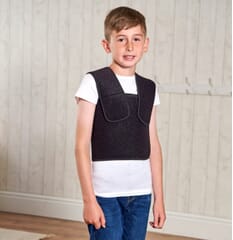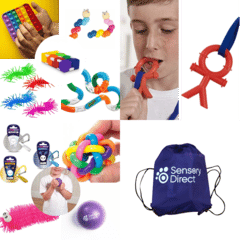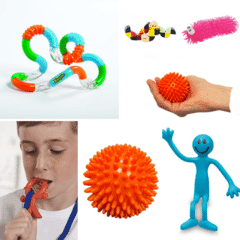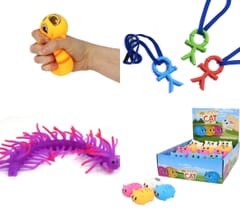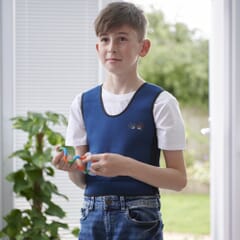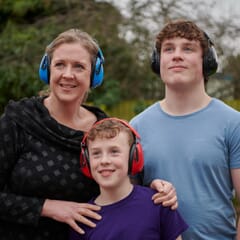Get exclusive deals you won't find anywhere else straight to your inbox.

A Brief Guide To Sensory Integration
What Is Sensory Integration? - A Brief Guide
Sensory integration is the ability to receive, process and make use of information from the world around us.
It allows us to make an appropriate, adaptive response to meet the demands of the environment.
For most of us, this is happening all the time without us having to think about it because we are not even aware that it is happening!
In addition to the five external senses of sight, hearing, smell, taste and touch (the tactile sense), there are two lesser known internal senses:
- Vestibular – this is our sense of movement and balance which comes from tiny receptors in the inner ear. It tells us if we are moving, how fast and in what direction. It also tells us where our body is in relation to the ground (gravity).
- Proprioception – this is our sense of body awareness and position. It tells us where our body and body parts are without having to look at them. For example, when you close your eyes you still know where your limbs are. Tiny receptors in our joints, muscles and ligaments sense information and send it to the brain.
Sensory Processing Disorder
Children actively seek out activities that provide sensory experience of movement and body position such as jumping, swinging and spinning.
It is perfectly natural for children to enjoy movement and sensations that promote development and organise the brain.
For some children and adults the senses don’t integrate properly which can make every day activities and tasks problematic.
This is a recognised medical condition called Sensory Processing Disorder (SPD).
Symptoms Of Poor Proprioceptive And Vestibular Senses And Tactile Sensitivity
SPD can display itself in many different forms and the daily issues faced by those who suffer from it, differ from person to person.
Sensory Direct offer a range of products which may be useful as part of a Sensory Diet.
Many of these solutions come from personal experience and from talking to other parents, carers and professionals over more than ten years.
We thoroughly recommend that you consult a qualified Occupational Therapist when constructing a suitable sensory diet.
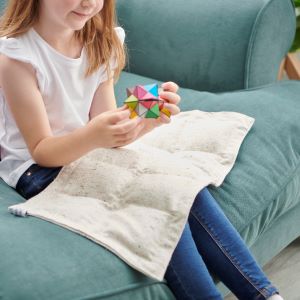 Some Signs Of Poor Proprioception
Some Signs Of Poor Proprioception
- Seeking out movement – excessive jumping, running, crashing, hanging, pulling and pushing
- Craving bearhugs, rough play and being squeezed
- Using excessive force (or not enough force) on fine motor activities such as dressing, writing, stringing beads etc
- Chewing on clothing and other objects
- Poor posture and under developed muscle tone
- Difficulty settling at night and poor sleep
- Poor motor planning
- Uncoordinated movement
Some Signs Of Poor Vestibular Sense
- Constantly ‘on the go’
- Cannot sit still and fidgets excessively
- Difficulty concentrating and remaining ‘on task’
- Craves fast movement such as spinning (and never gets dizzy)
- Uncoordinated and may appear clumsy
- Poor concentration
The vestibular sense is closely linked to auditory sense and therefore may be the reason for sensitivity to certain noises such as hand dryers and vacuum cleaners etc.
Some Signs Of Tactile Sensitivity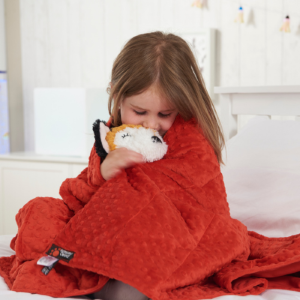
- Dislike certain food textures
- Dislike of labels and seams in clothes
- Averse to haircuts, hair washing and showers
- Likes to bite and chew on clothes and other objects
- Likes messy play
There are different types of touch pressure:
- LIGHT TOUCH (such as lightly stroking the skin) can be distressing for someone with SPD.
- DEEP PRESSURE such as a tight hug stimulates the proprioceptive system and can be comforting.
- VIBRATION can be comforting for some children with SPD.
Conclusion
The symptoms described above are not exhaustive and tend to be displayed by those that are SENSORY SEEKING.
Other children may be sensory averse and may try to avoid activities such as climbing, jumping, spinning etc as they find such activities distressing.
You may have noticed that all these senses are closely linked. Indeed, some signs of sensory seeking children who cannot sit still, fidget excessively and like vigorous play are likely to have Proprioceptive, Vestibular and Tactile sensitivities.
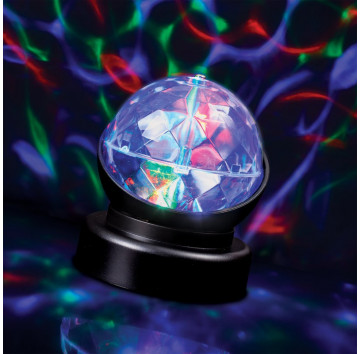 Here at Sensory Direct we stock a wide range of sensory toys and equipment for autistic children and parents. These include sensory chews, ear defenders, sensory dens and fidget toys.
Here at Sensory Direct we stock a wide range of sensory toys and equipment for autistic children and parents. These include sensory chews, ear defenders, sensory dens and fidget toys.
For more information on Sensory Integration, SPD, Weighted Therapy and supporting products please download our Brief Guide To Sensory Integration.


